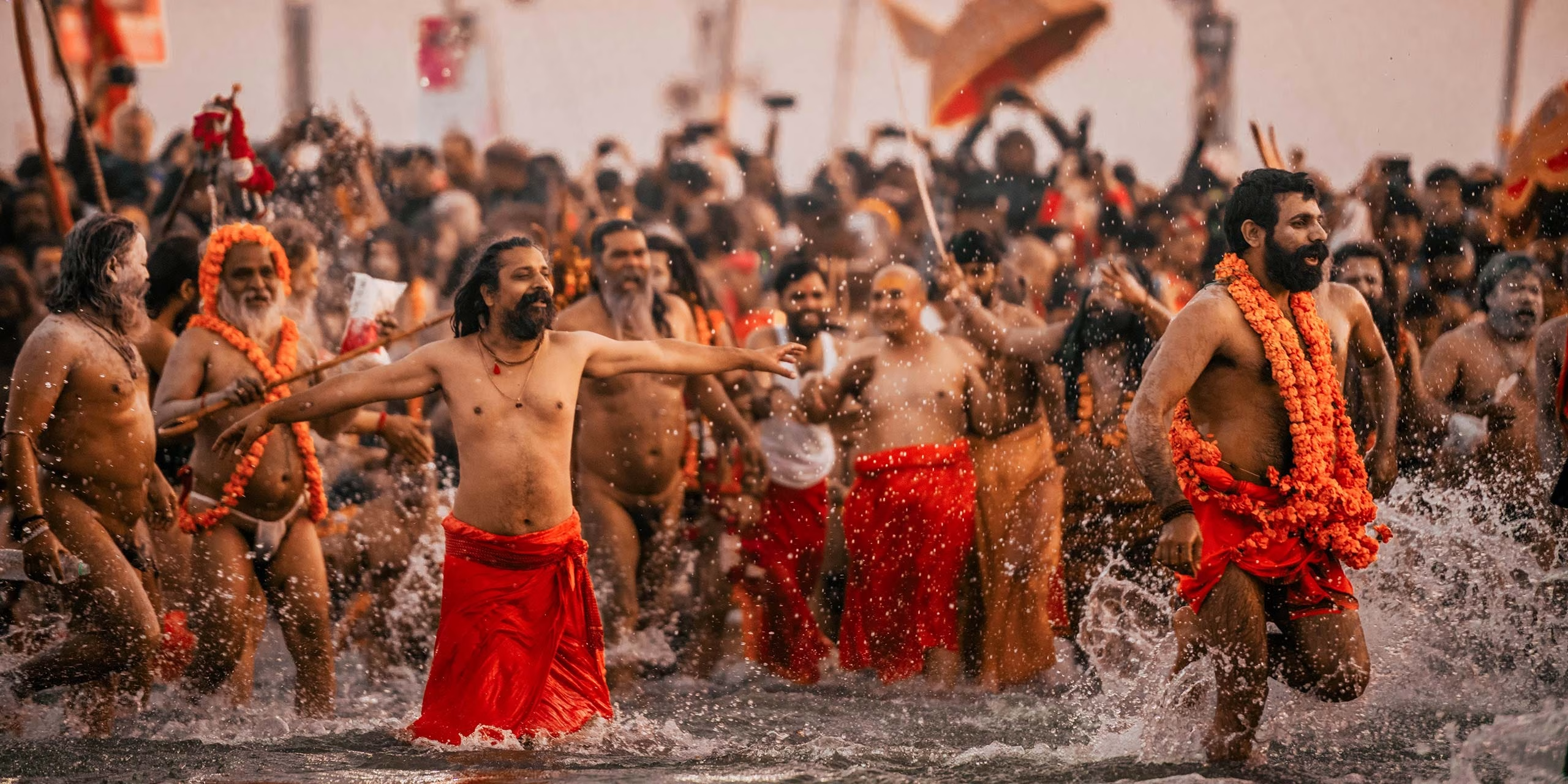Amol Rajan’s father passed away unexpectedly from pneumonia three years ago, leaving the BBC journalist feeling adrift. As he states at the beginning of Amol Rajan Goes to the Ganges, “I’ve been in a bit of a funk.” This sentiment resonates deeply with me as a fellow child of Indian immigrants who also faced profound loss when my mother died two years prior. Rajan’s grief prompts a quest for connection, driving him to explore his Hindu heritage. This journey leads him to the Kumbh Mela, the largest gathering of people in the world, where, over 45 days at the start of this year, half a billion Hindu devotees congregated along the sacred Ganges River. A compelling question arises: Can an atheist like Rajan find meaning in such a holy pilgrimage?
The film presents a deeply personal and intimate narrative, blending moving moments with entertainment while navigating an oddly apolitical tone, despite Rajan’s background as a journalist. Notably, the Kumbh Mela is the biggest Hindu festival, bolstered by a government keen on showcasing its Hindu nationalist agenda. The only mention of Prime Minister Narendra Modi comes as Rajan notes the government’s £600 million investment in the recent festival, a mega-event aligned with a rare celestial occurrence. The film is shadowed by tragedy, as it is known that at least 30 people died and many more were injured in a crowd crush during the event. Rajan is visibly shaken by this experience; he recounts how he and his guide had to turn back due to reports of chaos, witnessing vulnerable individuals struggling in the frenzy.
Before departing for Delhi, Rajan revisits his childhood. Originally from Kolkata, he moved to southwest London at the age of three. On the anniversary of his father’s death, he drives through Tooting with his mother, reflecting on fond memories of his youth. Their banter is heartwarming, filled with tender humor, like when he practices flipping a dosa, prompting her to jest about his spiritual growth. Moments of genuine connection reveal his deep anguish over his father’s passing. “I’ve avoided thinking about him because it was too painful,” he admits, sharing an emotional moment while overlooking the Thames, where they scattered his father’s ashes. “I miss his love. Oh God, I loved him so much,” he says, tears streaming down his face.
As the documentary progresses, Rajan travels to Prayagraj, immersing himself in the vibrancy of the Kumbh Mela, where he joins millions seeking moksha—liberation from the cycle of life and death. Staying overnight in an ashram, he finds humor as sadhus engage with their phones, sharing videos with each other. The sheer scale of the temporary city built for the festival amazes him, from the vast network of roads to the abundance of facilities.
The pilgrimage to the Sangam, the sacred confluence of the Ganges, Yamuna, and the mythical Saraswati river, unfolds over three days. As he dons orange robes and interacts with fellow pilgrims in his limited Hindi, Rajan grows increasingly introspective, feeling a sense of connection to those around him. However, he ultimately cannot reach the Sangam due to the overwhelming crowds. Instead, he performs a traditional funeral rite for his father, immersing himself in the river as a symbolic gesture of release.
In reflecting on whether an atheist can find solace in such a gathering, Rajan surmises, “There’s a power in doing something that a lot of people have done for a very long time.” Amol Rajan Goes to the Ganges poignantly explores the complexities of grief, particularly the shared experiences of those navigating the loss of loved ones.
The documentary aired on BBC One and is now available on iPlayer.













